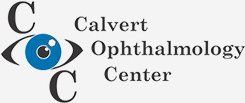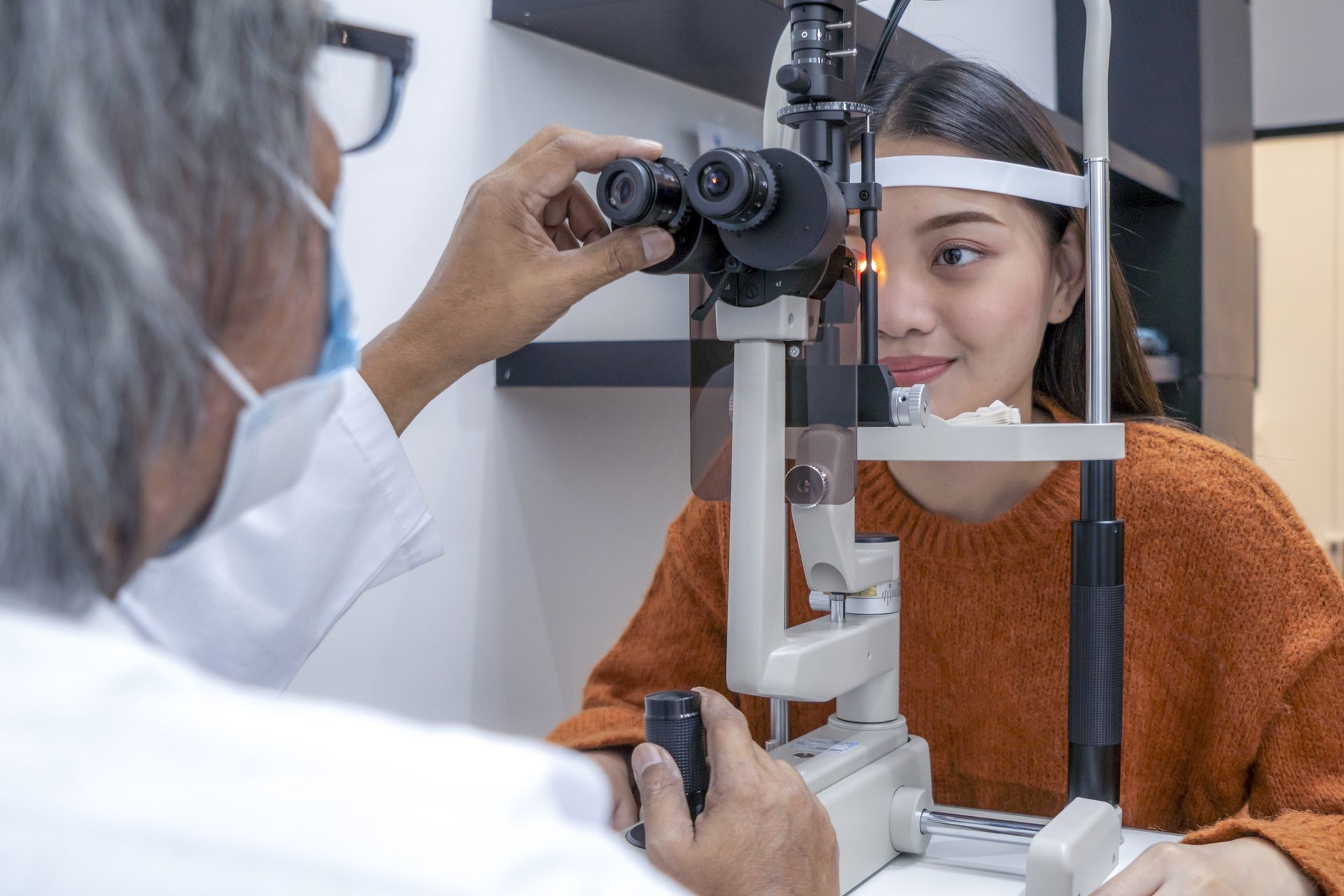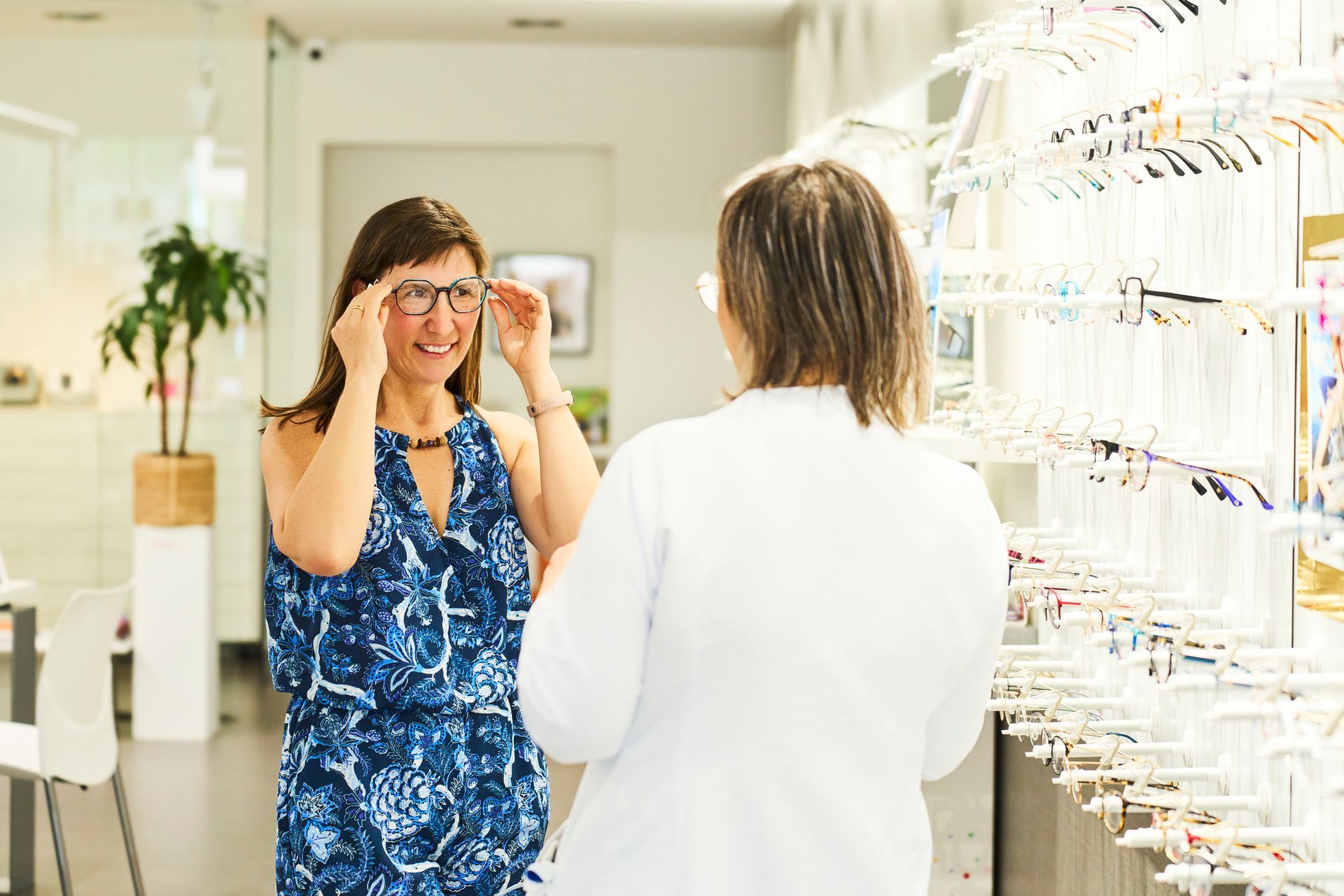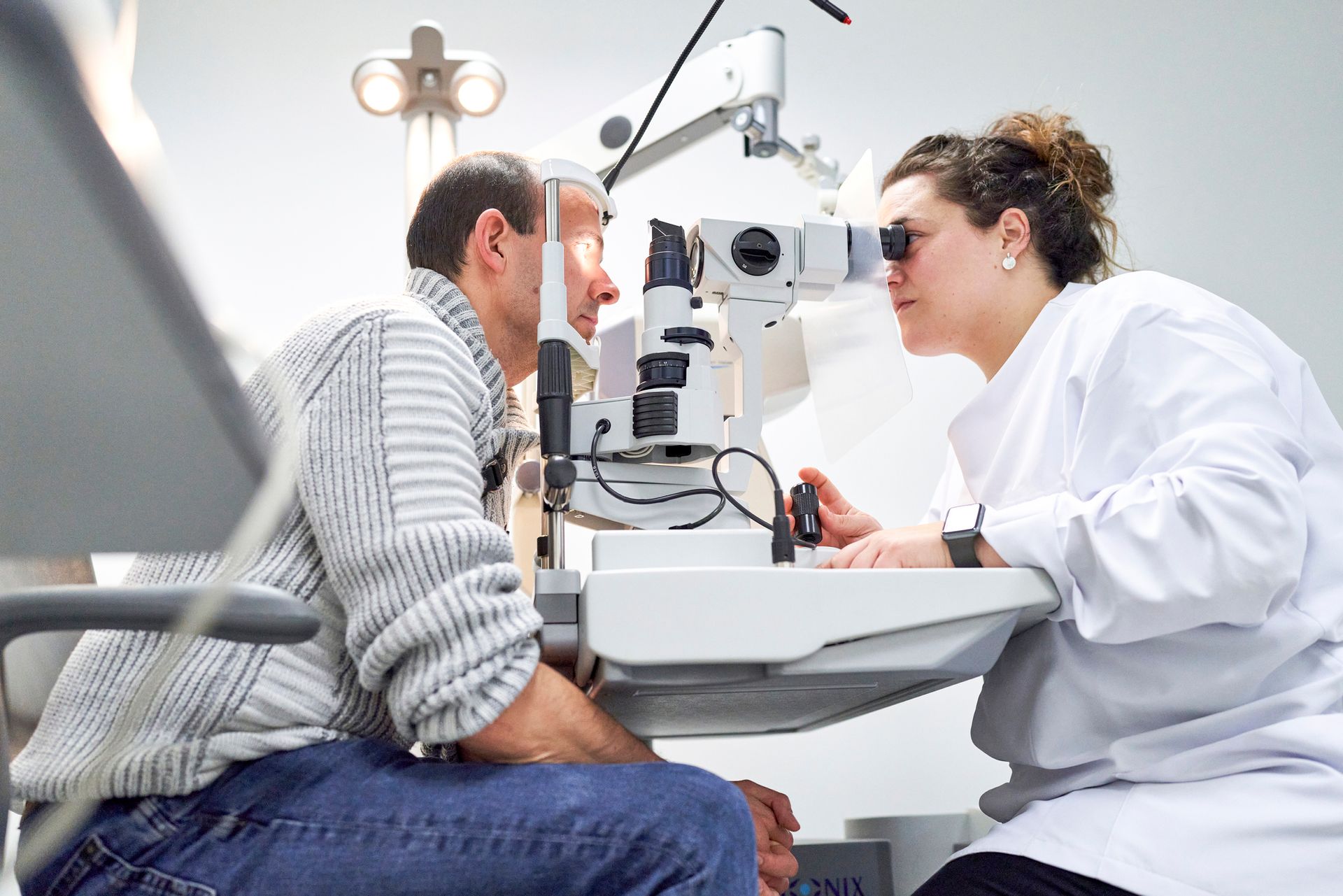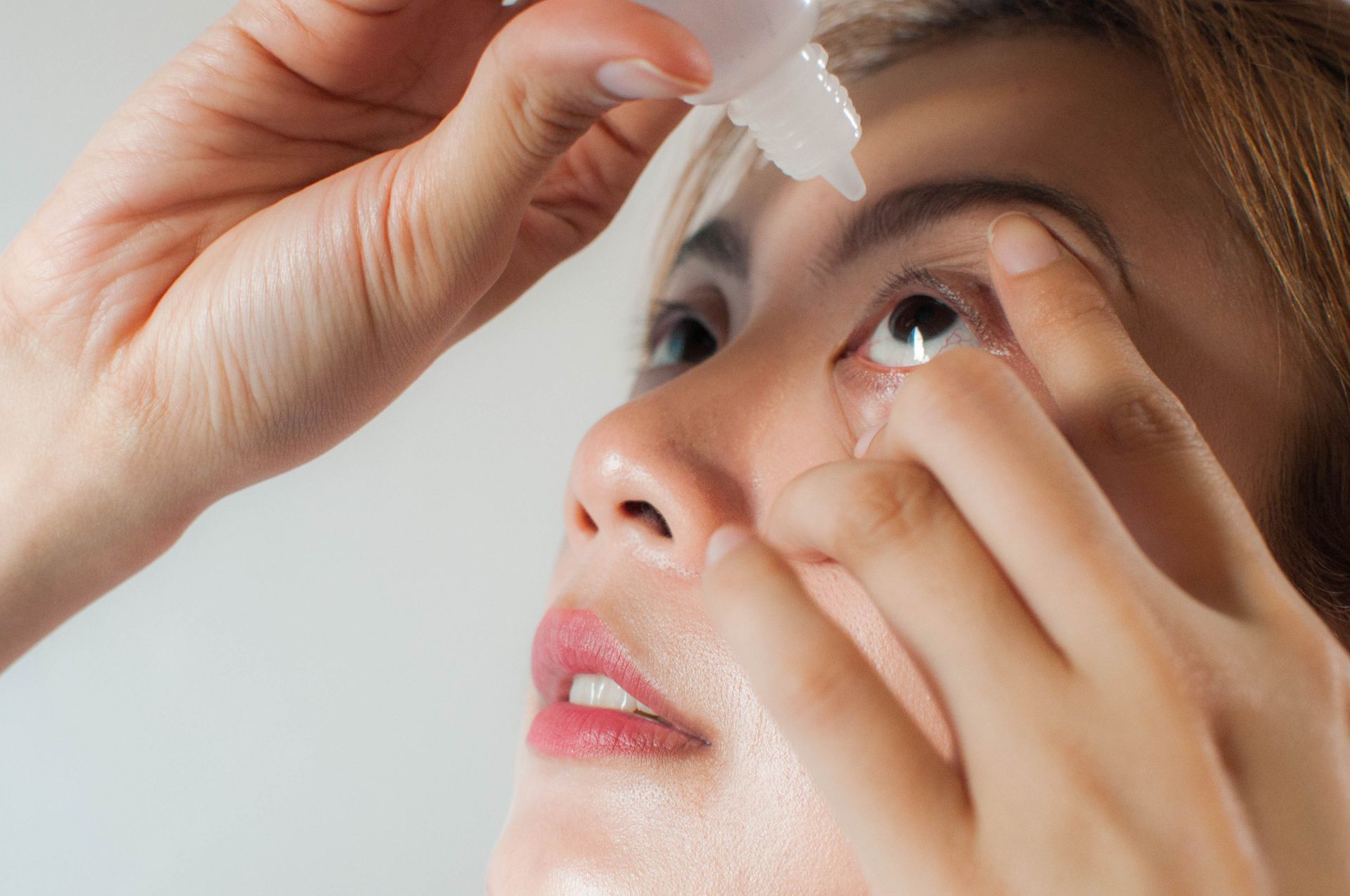Contacts Years Later? Here's Why You Might Want To Try These Lenses Again
Are contacts right for you? Maybe, you tried these lenses years ago, and you didn't find them comfortable. Can you try this popular option again? If contacts didn't work out for you in the past, take a look at what you need to know about a second (or third or fourth) try and your vision.
Are All Contact Lenses the Same?
Contacts are not all the same. There are several different options-making it possible to choose a new type if you didn't like the kind you tried the last time. The most common types of contact lenses include the following:
- Rigid gas-permeable: These lenses are relatively easy to get used to and comfortable for most people to wear, and they can help with myopia control and corneal refractive therapy.
- Extended-wear disposable: Like the name implies, these contacts are made for extended use. These lenses only need to be cleaned once a week, making them easy to care for and decreasing the risk of an eye infection. It's possible to wear these lenses from one to 30 days, depending on the material and type.
- Planned replacement: Also known as daily wear contacts, you will need to clean and disinfect these soft contacts.
Some types of contacts can't correct specific vision issues. If you have a complex prescription or an ophthalmic condition that requires special care, talk to the eye doctor about which option can comfortably correct your vision.
Are Contacts the Same as They Were in the Past?
Simply stated, no. While contact lenses still help vision patients to see without the need for glasses, you have more options today than in the past. This means the lenses that hurt your eyes, were difficult to put in, required constant cleaning, or didn't completely correct your vision years ago aren't necessarily the same ones you will find today.
How have contacts changed over the years? Some of the most notable advancements include the following:
- Better materials: Gone are the days when "hard" contacts were uncomfortable and tricky to handle. New rigid gas-permeable lenses allow oxygen in and are made from materials that are much easier on sensitive eyes.
- Extended wear: Again, extended-wear contacts are exactly what the name says. You can wear these for extended times and won't need to remove the lenses when you go to sleep.
- Disposable options: Forget about cleaning these contacts. Disposable options are throw-and-go lenses that you constantly replace.
The future of contact lenses is high-tech and ultimately helpful. According to the American Academy of Ophthalmology (AAO), new or soon-to-be new lenses (still in development) include a contact that dispenses an antihistamine to help allergy sufferers, a product that protects the cornea, lenses that reduce digital eye strain, contacts that deliver glaucoma medication, and a blood sugar-monitoring contact for diabetics.
How Can You Find the Best Contacts?
Your first try with contacts wasn't successful. This may have left you wary of lenses. But with the advances in materials and available types of contacts, you're finally ready to revisit this vision-correcting option. To make the most of this experience and find the best contacts for your needs, read the following points:
- Review past products: List your past tries for the eye doctor. The ophthalmologist will need to know what didn't work and why it wasn't the right choice. This information can help the vision pro to help you pick the best option.
- Learn more about the current choices: Decades ago you didn't have many contact choices. But now you do. A vision specialist can provide you with a brief lesson in the new materials and types of contacts.
- Remain open to new ideas: Does sleeping in extended-wear contacts seem strange? Do you still think rigid contacts are painful? Open yourself up to the possibilities that are now available to you.
Along with the material, the fit is crucial for your eye comfort and vision. Visit a licensed ophthalmologist for a contact exam and fitting.
Do you need help to find the right contact lenses? Contact Calvert Ophthalmology Centerfor more information.
